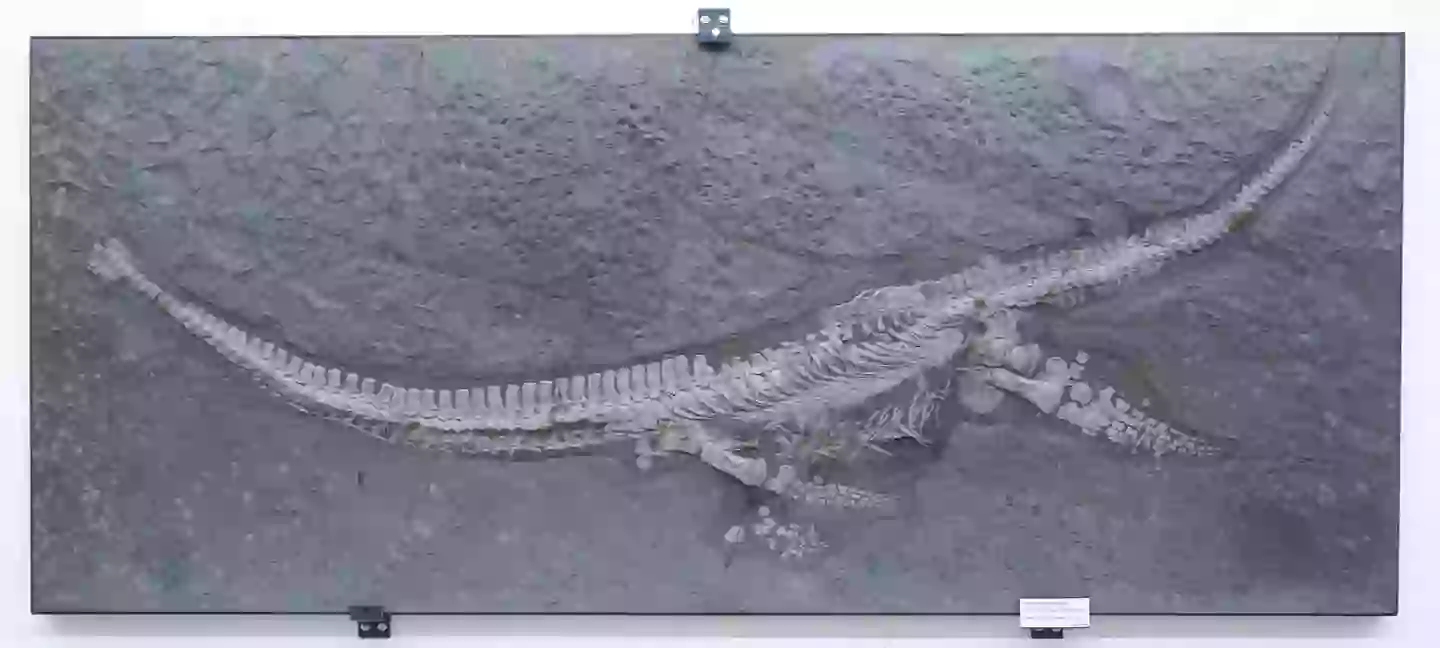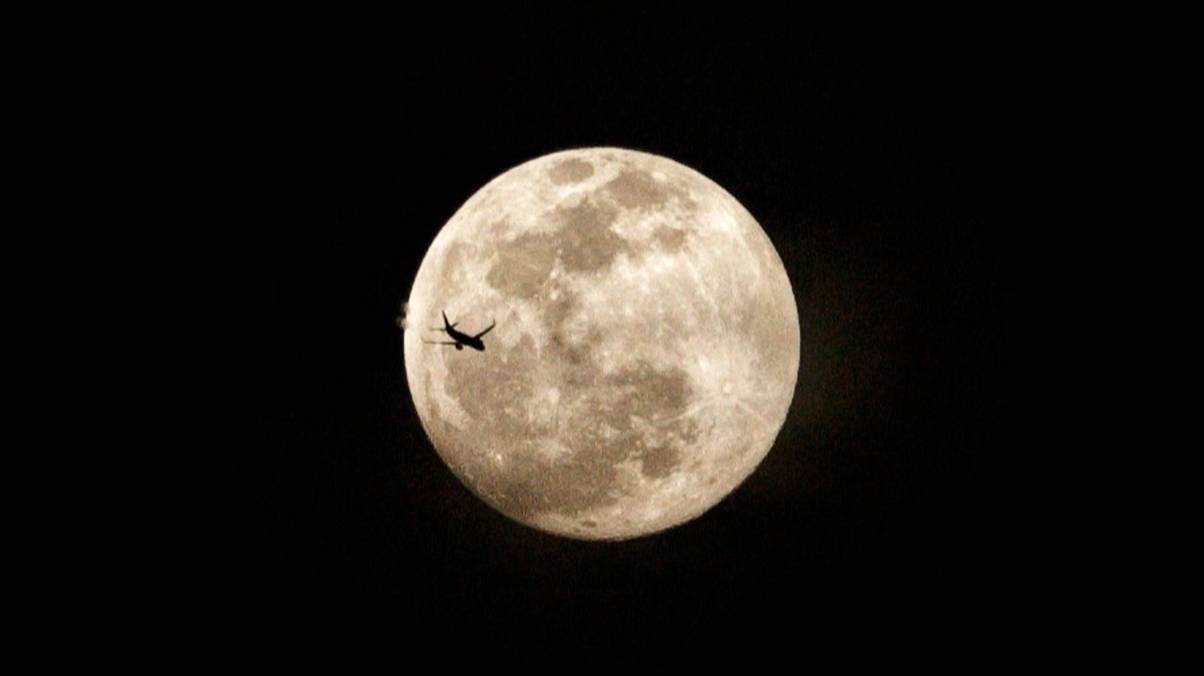Unveiled: The Mysterious Jurassic Sea Monster That Could Rewrite Ocean History
Ever wonder what ancient sea monsters were lurking around when dinosaurs were busy stomping the Earth? Well, it turns out one of those prehistoric celebrities was hanging out in the Jurassic oceans about 183 million years ago—just waiting for scientists to give it another look. Meet Plesionectes longicollum, the ‘long-necked swimmer’ that slipped under the radar for nearly half a century because, believe it or not, some fossils just need a second opinion. Unearthed in Germany’s famous Posidonia Shale fossil beds back in ’78, this fascinating sea creature is the oldest of its kind found in the Holzmaden area, sporting a neck so impressively long it makes giraffes look short-necked. It’s wild to think this aquatic oddity was sitting quietly in museum collections for decades before palaeontologists finally pieced together its unique anatomy—and in the process, unlocked a new chapter in marine reptile history. If you’re curious about how a bone’s length and a 43-vertebrae neck can rewrite evolutionary stories, you’re in for a treat… LEARN MORE.
Scientists have discovered the existence of a long-lost Jurassic sea monster that lived around 183 million years ago, thanks to a fossil unearthed in Germany 47 years ago.
The newly identified species, named Plesionectes longicollum — meaning ‘long-necked swimmer’ — was only recognised after palaeontologists re-examined the 1978 fossil nearly half a century later.
Found in Germany’s world renowned Posidonia Shale fossil beds, the stone proves the existence of the ancient marine reptiles which lived below sea level while dinosaurs roamed the Earth.
The evidence has been hiding in plain sight for many years. The researchers state in a study published yesterday (4 August) that while science buffs have previously studied parts of the fossil, like the preserved soft tissue, a comprehensive study of it wasn’t carried out until recently
They write: “The anatomy and taxonomy of the specimen have never been explored in detail.”
Sven Sachs, from the Natural History Museum in Bielefeld, the study’s lead author, added: “This specimen has been in collections for decades, but previous studies never fully explored its distinctive anatomy.
“Our detailed examination revealed an unusual combination of skeletal features that clearly distinguish it from all previously known plesiosaurs.”
As for how they discovered it was a new species, scientists noted the length of a bone at the back of its skull, its very long neck made of 43 vertebrae, and the fact the spines on the back of its neck and front chest are longer than they are tall.
Now, Sachs and his co-author Dr Daniel Madzia, from the Polish Academy of Sciences, believe the Posidonia Shale could hold more evidence of marine reptile diversity thanks to the incredible preservation of fossils in this area.
Dr Madzia explained: “This discovery adds another piece to the puzzle of marine ecosystem evolution during a critical time in Earth’s history.
“The early Toarcian period when this animal lived was marked by significant environmental changes, including a major oceanic anoxic event that affected marine life worldwide.”

The fossil was discovered nearly 50 years ago. (State Museum of Natural History Stuttgart)
The Plesionectes specimen, which is from the plesiosaurs family, is the oldest finding of its kind in the Holzmaden area of Germany.
This particular creature was believed to be immature in age when it was fossilised, but thanks to the near perfect preservation, its distinctive anatomical characteristics have provided huge insight into this entirely new species.
The Posidonia Shale in Holzmaden has already turned up five other plesiosaur species, covering all three major plesiosaur groups. This new discovery just adds to its reputation as one of the best places in the world to glimpse life in the Jurassic seas.



















